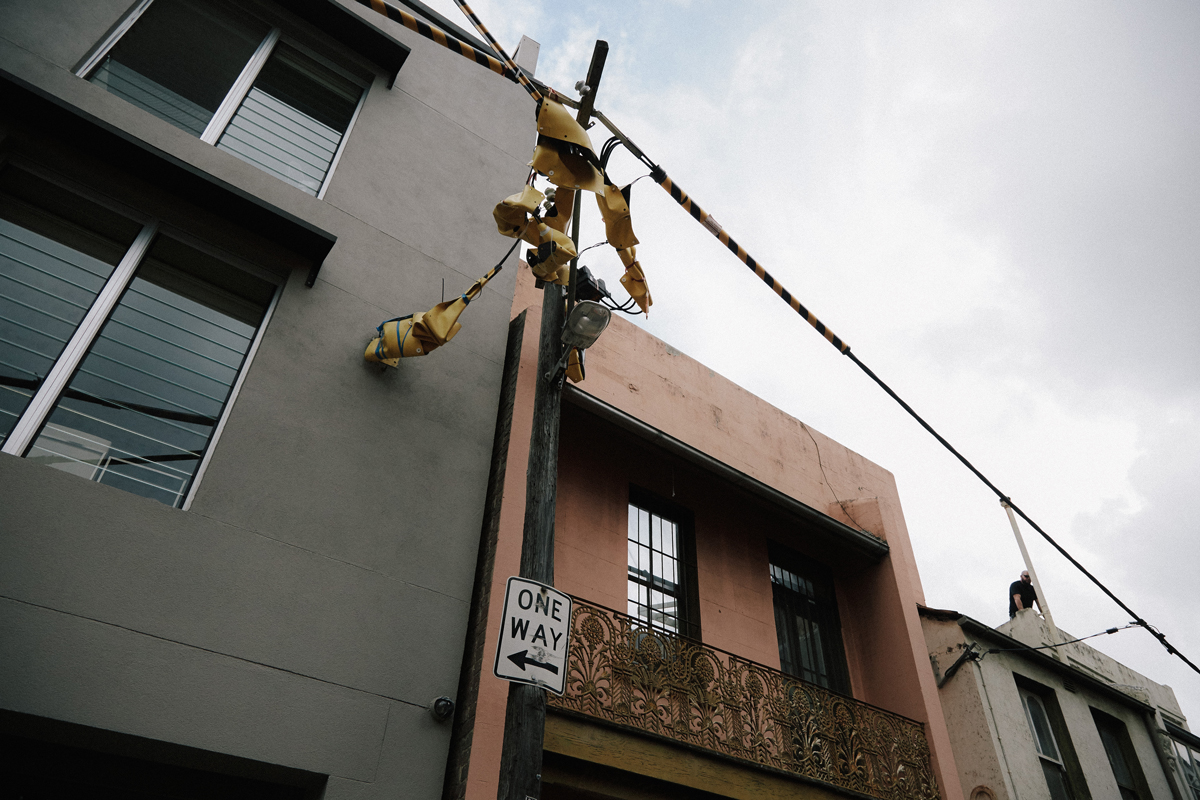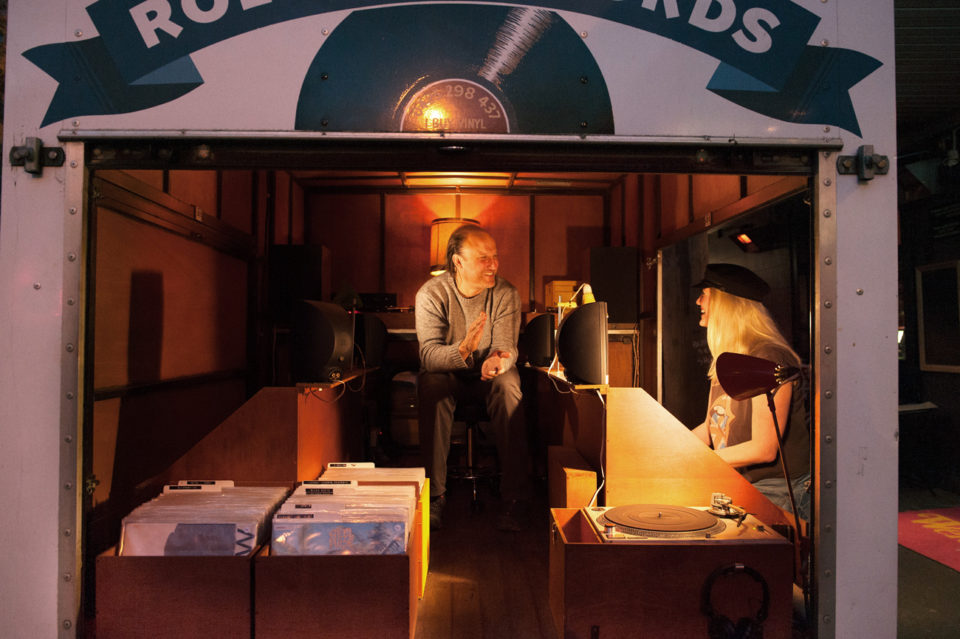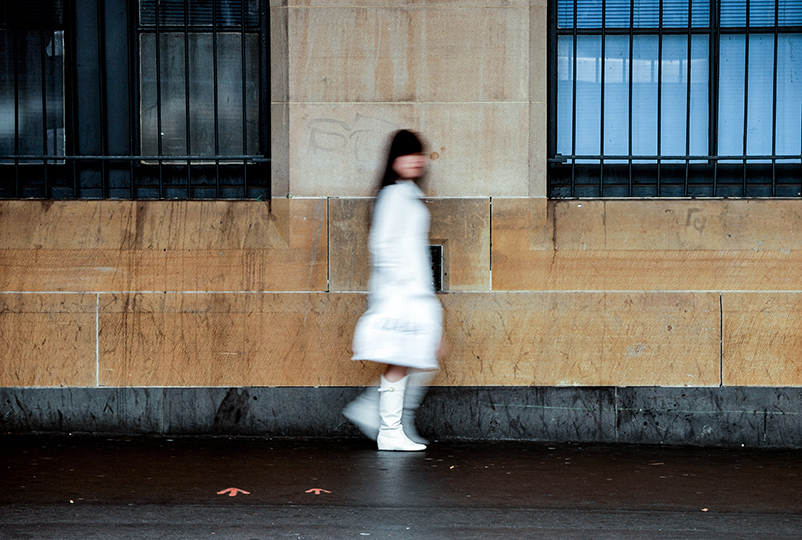The Drift, in Bondi, might seem much like any new, funky architect-designed residential building. But even if you could afford to, you won’t be able to buy any of the 16 apartments. It’s rental only.
The ‘build-to-rent’ or ‘multi-family’ model, common in the United States and Europe, is only beginning to catch on in Australia. Salta Properties will offer up to ten year leases of 260 apartments in a Melbourne Docklands high rise development. Stockland and Macquarie Capital are among those reportedly keen to get in on a similar act. And Mirvac is now trying to raise $164 million to finance a build to rent project at Sydney Olympic Park.
It’s one market response to the housing affordability crisis in Australia’s major cities. A recent PricewaterhouseCoopers report called A Place for Everyone notes the widening divide in Sydney between older homeowners and a younger generation forced to the city fringes to find affordable rent. It predicts the Sydney population will grow from 4.8 million to about 8 million (the size of London now) over the next 40 years.
Densification is inevitable, but need not only be vertical.
A Place for Everyone states, “We believe the key to gaining traction on affordable housing is… addressing the so-called ‘missing middle’ – housing options like more townhouses, terraces and manor houses.”
This would avoid an exodus from the city of key workers such as nurses, police, firefighters and teachers, on modest incomes, who can no longer afford to live near their workplace. “Every 30 minutes that these workers can save on their commute to work would generate $815,000 in economic benefit, which adds up to $16 billion over a lifetime,” the PwC report says.
Acknowledging the need to address this ‘missing middle’, the New South Wales government has released a draft Medium Density Housing Plan. The Treasurer, Dominic Perrottet, has established an industry working group to explore the potential of build-to-rent.
Melbourne-based company, Smart Urban Villages (SUV), may be a little ahead of the game. “We’re promising a social twist on medium density European style living that delivers sustainable homes and security of tenure,” says founding director, Rolf von Behrens.
SUV plans to design and build between 25 and 60 environmentally sustainable dwellings on sites in Sydney, Melbourne, Canberra, and internationally. The developments will feature a strong communal element, including electric car-sharing, food gardens and at least one shared meal a week. It will be rental only with five-year, and potentially perpetual, leases.
“We don’t need to lock anyone in,” says von Behrens. “The long term lease is to provide residents with peace of mind, give them security. Several analyses say you’re better off renting. People don’t because they want the security. We’re this flexible middle ground where you’ve got the security without the mortgage.”
More communal style living is not for everyone, acknowledges Lisa Moore, resident of the Murundaka Cohousing Community in Melbourne’s Heidelberg Heights. “It is a cultural shift,” she says. “We’re just doing village life in the 21st century in suburbia. Hopefully without all the nasty bits.”
Since 2011, Murundaka has been providing ongoing quality rental accommodation for 20 low-income households. A co-operative holds the land and buildings, the residents self-manage the day-to-day running. There’s a strong sustainability ethic, and lots of sharing, even down to the vacuum cleaner. “Everything takes a little bit longer when you’re trying to reach consensus with a group of people.” Moore says. “But that’s something you work out by spending time with people… It’s an exercise in getting to know yourself and other people on a deeper level.”
While it won’t put a roof over your head, a new company is offering a novel way to have a stake in residential real estate. BrickX sells bricks (shares effectively) in properties it owns in Sydney and Melbourne. One brick in a $1 million property would cost $100 and you can acquire anything up to a 5% interest. You receive a proportionate amount of net rental income, and you can sell your bricks, potentially for more than you paid. There are mixed views about this investment scheme so, if interested, be sure to carefully crunch the numbers, including commissions and fees, and get independent financial advice.
If you’re hooked on owning and living in the same place though, and your income is at least moderate, there’s another emerging option in the form of Community Land Trusts (CLTs), or at least the shared equity version of it.
It is a model long established in the United States and more recently in the United Kingdom. Brisbane based company, CLT Associates, is currently helping set up two Community Land Trusts in Australia. Ownership is split between a resident and not-for-profit organisation, with the latter owning at least 20% of a property. Residents can sell but most of the capital gain stays with the Trust to reinvest in more housing. That might not sound like a great deal, but as one American resident, a single mother of three, said in a documentary, “I didn’t buy this house to make a profit. I did it to get ahead.”
Whatever the future of Sydney living, it’s clear we’ll be rubbing shoulders with our neighbours a lot more. Depending on the shape that takes, it might not be such a bad thing.
“My personal opinion,“ says Rolf von Behrens from Smart Urban Villages, “is that with all the issues we’re facing environmentally, globally, societally, and even with depression being one of the leading causes of death, we don’t have a choice now but to come back to living in smaller communities. To be able to do that within a bigger city context, I think, is a beautiful thing.”





